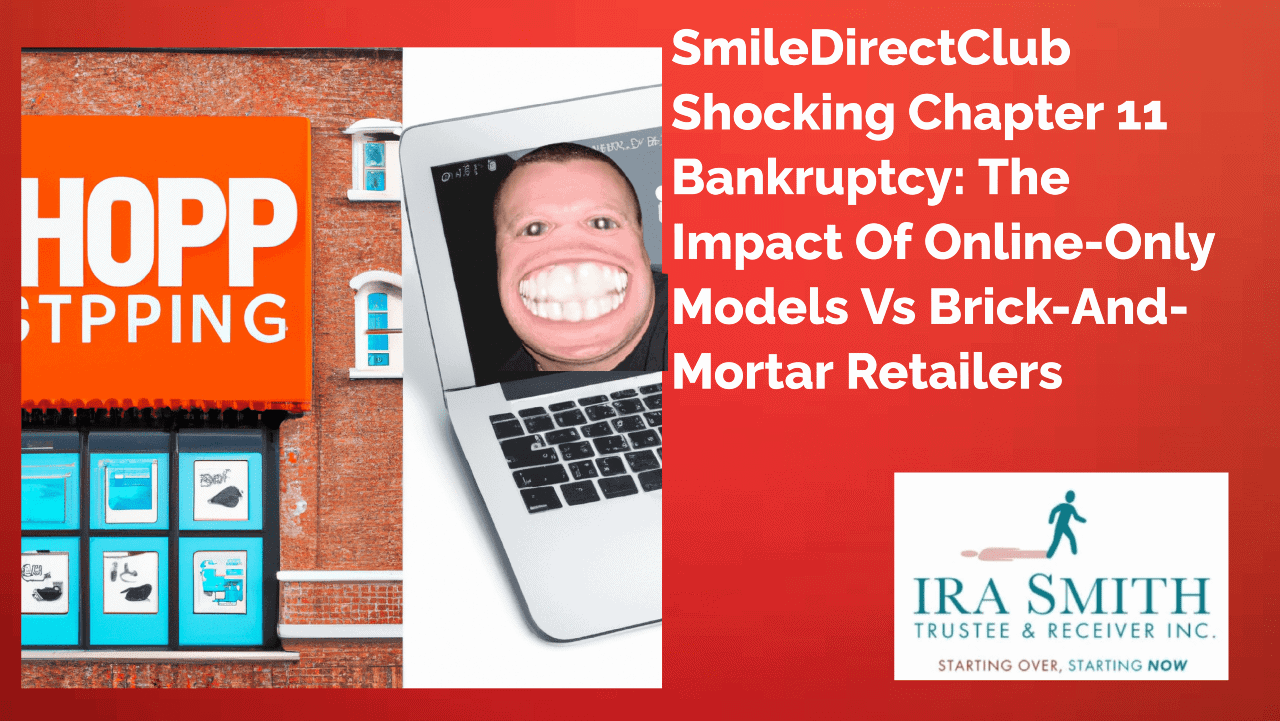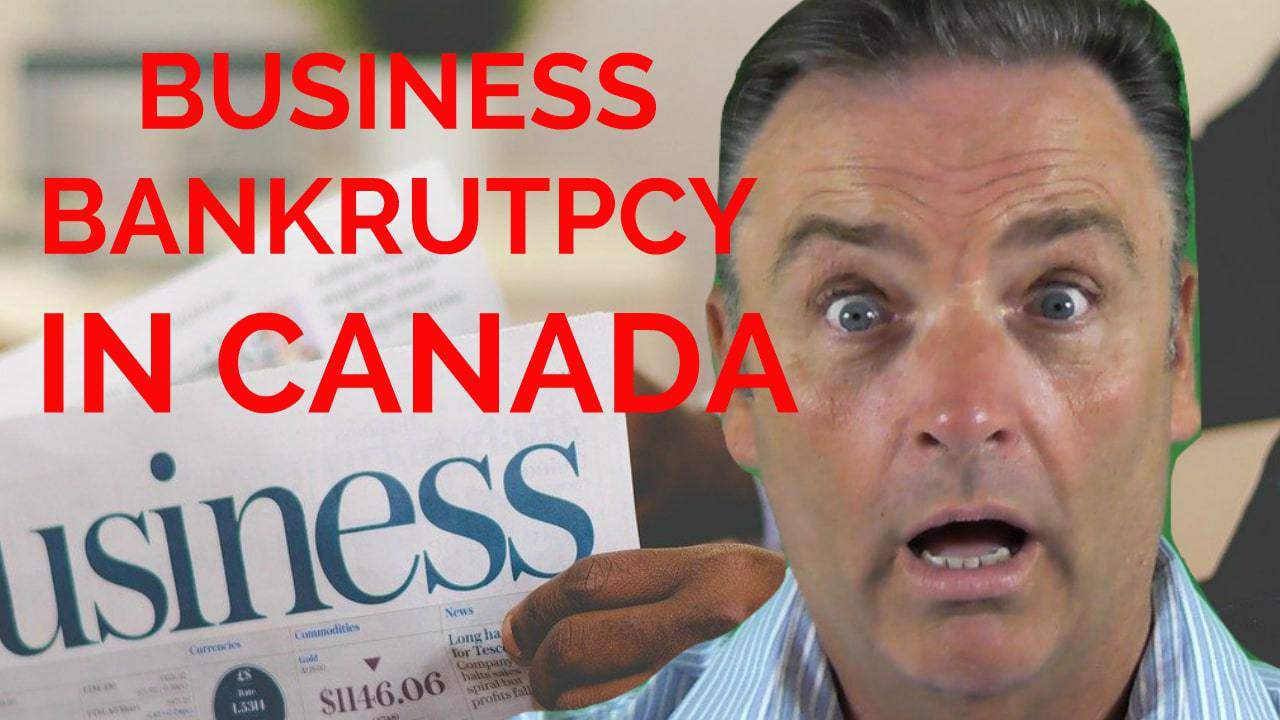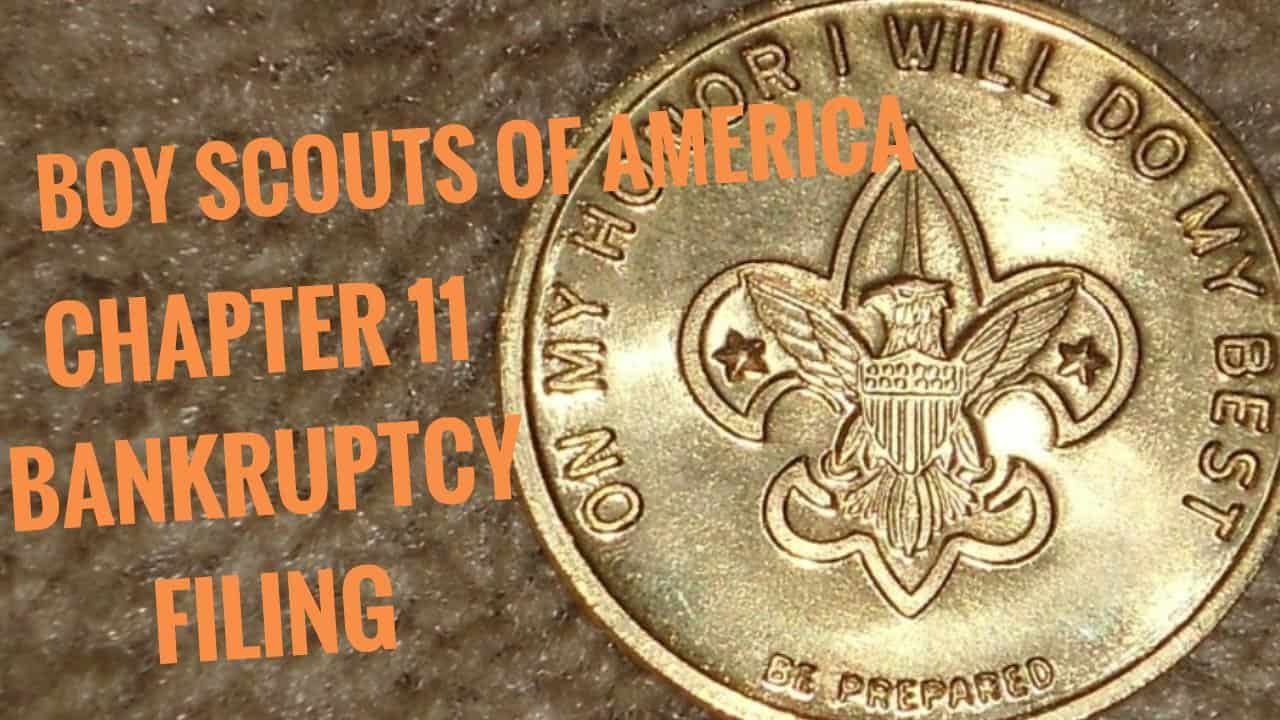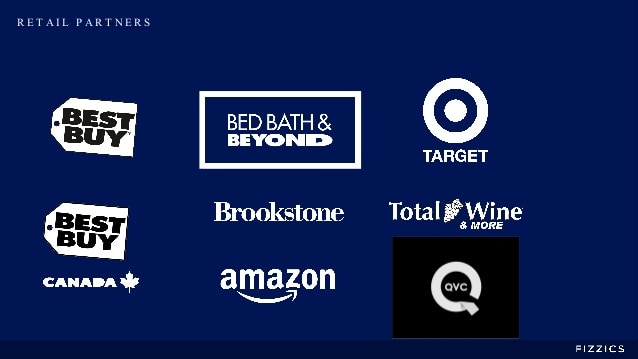SmileDirectClub introduction
“It’s clear the debtor needs this cash…”
– US Bankruptcy Judge Christopher Lopez, in approving the company’s request to borrow $20 million from its founders.
SmileDirectClub, an entity venturing into the realm of dental aesthetics, is an inventive and convenient avenue for the realignment of teeth. Established in the year 2014, the corporation has orchestrated a profound metamorphosis within the sphere of orthodontics, extending clear dental aligners directly to consumers via a digital conduit. Accumulating over a million contented customers, SmileDirectClub propounds an affordable and readily accessible alternative to the conventional metal braces and face-to-face consultations that have traditionally typified the orthodontic marketplace.
The marriage of their avant-garde technological prowess and the execution of treatment protocols from remote vantage points has elicited considerable resonance. This bespoke approach has elicited resounding acclaim and garnered favour amongst a diverse clientele. Committed to ensuring the contentment of their customers, their overarching mission revolves around democratizing the realm of orthodontic care, rendering it more within the reach of all.
Nevertheless, SmileDirectClub presently grapples with a quagmire steeped in legal and fiscal problems. It finds itself entangled in a myriad of legal complications, confronted by legal suits emanating from orthodontic practitioners and dental associations, amongst other allegations that include making unfounded promises. That and the turbulence in its fiscal standing changed its position from a risk of bankruptcy to the filing for Chapter 11 bankruptcy protection on September 29, 2023.
In this Brandon’s Blog, I engage in a comprehensive discussion I look at the problems ensnaring SmileDirectClub. Notably, I navigate through the intricate terrain of issues that, while not directly tethered to the ongoing litigation, cast a pall of uncertainty upon their operational model. These issues, I believe, are relevant for all enterprises, irrespective of whether they subsist exclusively in the digital world, operate with brick-and-mortar stores, or straddle the hybrid interface between these two realms.
Importance of the SmileDirectClub news
The news regarding SmileDirectClub‘s recent bankruptcy declaration and the looming prospect of liquidation, should a speedy buyer fail to materialize, holds immense significance. In days gone by, SmileDirectClub had garnered the reputation of a market disruptor within the dental domain, proffering in-home dental alignment solutions at a mere fraction of the conventional orthodontic treatment costs. Nevertheless, the company has found itself entangled in numerous operational dilemmas, thereby culminating in this rather lamentable predicament.
This piece of news assumes paramount importance because its repercussions transcend beyond just the purview of SmileDirectClub‘s workforce, investors, and suppliers. It concurrently begets inquiries regarding the sustainability of the direct-to-consumer healthcare paradigm. The outcome ensuing from this insolvency declaration shall indeed cast a profound and far-reaching influence, resonating not only with the company itself but the entire industry at large.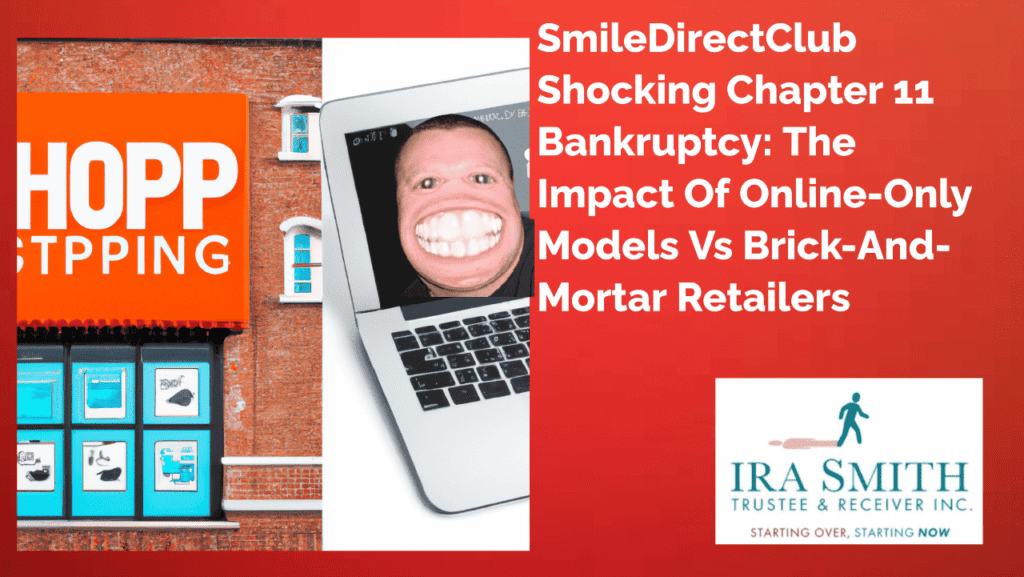
The SmileDirectClub journey from growth to legal battles and controversies
Indeed, SmileDirectClub stands as a true pioneer within the orthodontic teeth straightening service market, having carved an extraordinary path since its inception. Established back in 2014, the company embarked on a mission to revolutionize the conventional braces market, proffering the SmileDirectClub Aligners, being a more convenient customer journey for straighter teeth and a cost-effective alternative for teeth alignment. Their innovative smile journey approach hinged upon harnessing technology and directly delivering transparent custom aligners to customers via a digital platform, obviating the necessity for in-person visits to orthodontic specialists in their quest for a smile transformation.
Armed with this disruptive business model and a slew of astute marketing maneuvers, SmileDirectClub swiftly captured widespread attention and gained rapid momentum. It sprawled across the United States, establishing an array of SmileShops, and even ventured into broader markets on the international stage. However, the company now grapples with a disheartening predicament, propelled toward filing for bankruptcy protection by recent challenges.
SmileDirectClub‘s ascendancy within the market was marked by its offering potential customers a unique customer experience for their at-home teeth straightening solutions at prices within reach of many. By introducing this innovative concept, SmileDirectClub amassed a substantial customer base, skillfully tapping into the burgeoning demand for orthodontic treatments sans the customary in-person appointments. This groundbreaking business model propelled SmileDirectClub into boldly challenging the established order and reshaping orthodontic care.
Nonetheless, the company has since been entangled in a web of legal skirmishes and controversies, casting a long shadow over its present financial predicament. A deluge of lawsuits from dental boards and orthodontic practitioners has inundated SmileDirectClub, with allegations of being an unauthorized dental care practice providing dental services and oral care products, hanging ominously over its head.
These legal entanglements, apart from draining financial resources, have cast a pall of disrepute over the company. Furthermore, debates concerning the safety and efficacy of SmileDirectClub‘s products have sullied its reputation even further. These legal imbroglios and controversies have profoundly stifled SmileDirectClub‘s capacity to flourish and thrive within the market, ultimately culminating in its regrettable descent into Chapter 11 bankruptcy protection.
What is a Chapter 11 bankruptcy filing like the one done by SmileDirectClub?
A corporate bankruptcy reorganization under Chapter 11 of the United States Bankruptcy Code, commonly referred to as a Chapter 11 filing, is a legally binding process employed by a company to solicit protection from its creditors as it undertakes the restructuring of its debts and operations. This process is open to companies, enabling them to continue their operations while devising a plan to pay off their debts and regain profitability.
Through a Chapter 11 filing, companies can negotiate contracts, terminate unprofitable ventures, and reduce their debt. Furthermore, this mechanism empowers the appointment of a trustee to supervise the reorganization process and guarantee impartial treatment of creditors. Ultimately, a Chapter 11 filing represents a nuanced and strategic decision taken by companies in financial distress to recover stability and ensure long-term viability.
In Canada, we have the same kind of legislation. It is the debt settlement proposal proceedings found in Part III Division I of the Bankruptcy and Insolvency Act (Canada).
SmileDirectClub has announced that if it does not find a suitable buyer soon, it will have to liquidate its business and cease operations.
Retail issues highlighted by the SmileDirectClub experience
Interaction with a physical product
The importance of physical interaction in the realm of product shopping is undeniable. When it comes to certain items, relying solely on brand names and model numbers for evaluation falls short. The ability to touch, feel, and test these products before purchase is essential. While online shopping offers convenience, it simply cannot supplant the tactile engagement that physical interaction provides.
This holds particularly true for brick-and-mortar stores specializing in high-end furniture. Despite the convenience of online alternatives, these establishments not only survive but thrive, drawing customers who appreciate the significance of seeing and experiencing furniture in person. It’s abundantly clear that the value of physical interaction with products remains irreplaceable.
Recognizing the pivotal role of physical engagement, direct-to-consumer brands like Warby Parker and Third Love have adopted a hybrid approach by incorporating physical retail spaces into their business models. This strategic move enables customers to try on eyeglasses and lingerie before committing to a purchase. It underscores their comprehension of the enduring worth of the in-store experience.
The power of touch and feel
Certainly, there is an undeniable excitement that comes to consumers from physically interacting with and carefully examining potential purchases. This experience instills a strong sense of confidence, assuring that the product aligns perfectly with our expectations and needs. Moreover, it has the potential to foster a deeper connection with the brand itself, especially for items that heavily rely on sensory experiences like furniture, clothing, home decor and personal health items.
SmileDirectClub extends an offering of transparent aligners, providing an unconventional choice when compared to the traditional orthodontic method of braces. It presents a more economically viable and convenient avenue for the alignment of one’s teeth. Let’s delve into the intricacies of this process:
Evaluation
Interested individuals embark on their Smile for Life journey by engaging in a complimentary online assessment, aimed at ascertaining their candidacy for SmileDirectClub‘s aligner therapy treatment.
Aligner Treatment Plans
The dental team embarks upon the intricate task of crafting a tailored treatment scheme, meticulously derived from a three-dimensional portrayal of the patient’s dental structure. This lifelike depiction can either be procured through an on-site scan at a SmileShop or by utilizing an at-home kit to meticulously generate impressions.
Custom Treatment Plans and Aligners
Subsequently, the intricate process of crafting customized aligners commences, with all the aligners being produced and dispatched in one comprehensive shipment, entirely negating the necessity for regular office appointments. Oversight of the treatment unfolds remotely, overseen by a duly licensed dentist or orthodontist, who engages in a series of virtual check-ins throughout the patient’s journey.
Whitening Kits
As an added perk, SmileDirectClub generously incorporates a premium teeth whitening kit with lip balm as an integral component of their offering, with discernible results manifesting in as little as a week.
Sustaining the Transformation
Upon the completion of the treatment regimen, patients are afforded the opportunity to procure retainers, essential for the preservation of their newfound radiant smile. These retentive devices are judiciously worn exclusively during the nighttime hours.
It is hard to imagine being able to feel comfortable with and having all your questions answered for this innovation in healthcare products without being able to get customized customer service with only an online portal. SmileDirectClub must have felt that its online-only business model was lacking as they eventually tried to up their smile game by opening up SmileShops; physical locations. They were hoping that by stepping foot into a physical store and immersing themselves in the in-person smile-for-life shopping experience, consumers would eliminate the element of chance and be empowered to make a wise and well-informed decision in purchasing their teeth alignment product.
The role of product visualization
When engaging in the act of shopping, there exists an undeniable and unique allure associated with venturing into a traditional brick-and-mortar establishment. Such an endeavour unfolds as a sensory-rich treasure hunt, a distinctive experience that stands apart from its digital counterpart in the realm of online shopping. While the undeniable convenience offered by e-commerce transactions remains unchallenged, it regrettably falters in conveying the authentic essence of a product, especially something you are going to put into your mouth!
Photographs and textual descriptions, while serviceable to some extent, ultimately fall short of encapsulating the full breadth of sensory delights or gauging the product’s seamless alignment with one’s unique requisites. It is this very deficiency that imparts a special reverence to physical retail outlets among a significant cohort of shoppers, particularly those who belong to the older demographic stratum. These brick-and-mortar establishments afford them the golden opportunity to meticulously scrutinize the multifaceted attributes of a product, dissecting how harmoniously it integrates into the tapestry of their lives.
The sheer delight stemming from hands-on exploration and interaction with these items cannot be overstated. By opting for the in-person shopping odyssey, one emerges endowed with the ability to make judicious, well-informed decisions, leaving with the reassuring certitude that their chosen acquisition aligns with their desires and aspirations. This immersion in the realm of tactile sensations bestows upon the senses an abundance of gratitude, a token of appreciation for the palpable magic of touch and feel.
The role of personal assistance
Traditional brick-and-mortar establishments offer a distinct advantage with personalized additional assistance. Patrons can lean upon the expertise of well-informed sales associates who stand ready to engage, extending tailored guidance and recommendations aligned precisely with their idiosyncratic requirements and preferences. This reservoir of knowledge undoubtedly elevates the shopping encounter, be it through sage counsel on skincare regimens or the quest for that perfect pair of sunglasses.
The individualized approach characteristic of brick-and-mortar stores also ushers forth a more streamlined and convenient shopping experience. Sales associates adeptly pick up on the contours of a customer’s desires and can proffer apropos suggestions, facilitating an expedition that is both seamless and pleasurable. Such a degree of tailored service proves challenging, if not impossible, to replicate within the digital realms of online shopping.
While online retail undeniably champions convenience and efficiency, it behooves us to remain cognizant of the enduring significance of physical interaction in the realm of commerce. Consequently, brick-and-mortar stores persist in delivering a different experience that remains singular, indispensable, and intimately connected to the human experience.
SmileDirectClub: The importance of in-person consultations and treatment supervision
SmileDirectClub‘s core mission revolves around the noble aim of democratizing access to top-tier oral healthcare. The company achieves this by offering cost-effective and convenient solutions for teeth alignment, thereby bestowing countless individuals without the means to afford the cost of braces, to still be able to realize the smiles they’ve long yearned for. Nevertheless, the conspicuous absence of personalized support could feasibly be one of the pivotal factors that limited the firm’s growth and the increased costs of operating SmileShops may very well be part of the reason for the current operational and financial problems.
In the context of orthodontic treatments, such as the intricate art of turning bad teeth into straighter teeth, it stands as an imperative for a dental professional to possess the ability to meticulously oversee the trajectory of progress and enact requisite adjustments as the journey unfolds. In-person consultations grant the dentist the acumen to appraise the subtle nuances of teeth movement, ensuring impeccable alignment and swiftly addressing any exigencies that may surface during treatment. Without this intimate supervisory role, patients may find themselves ensnared in a series of suboptimal outcomes or unforeseen complications, potentially culminating in profound dissatisfaction, a far cry from their initial optimism.
A constraint by online-only business paradigms resides in the conspicuous dearth of the human factor within the domain of healthcare. The capacity to foster a personal rapport and sow the seeds of trust between patient and healthcare provider stands as an indispensable facet of delivering healthcare par excellence. In-person consultations, as juxtaposed with their virtual counterparts, provide the fertile ground for profound interactions wherein patients can freely pose queries and articulate concerns, forging a direct conduit to the attending healthcare provider.
Moreover, the presence of a healthcare practitioner serves as a wellspring of solace, particularly when the patient is confronted with a scenario necessitating a gentle touch or immediate attention. This irreplaceable human connection, steadfast and unyielding, eludes full replication even within the ambit of the most advanced technology.
What does the SmileDirectClub Chapter 11 bankruptcy filing teach us?
Once assessed at a staggering $9 billion in value, the SmileDirectClub teeth aligner company finds itself navigating the tumultuous waters of Chapter 11 bankruptcy a mere four years after its initial public offering. The precipitous descent of SmileDirectClub stands as a remarkable testament to the annihilation of capital on a grand scale. This entity, headquartered in the United States, and specializing in the distribution of affordable orthodontic teeth-aligning solutions, went public in 2019. It managed to raise $1.35 billion, thereby elevating its overall worth to a staggering figure approaching the $9 billion mark. This momentous financial maneuver, indeed, had the power to bestow billionaire status upon its founders.
Fast forward four years from this watershed moment, and we find the once-mighty corporation having filed for bankruptcy protection — its coffers depleted to a mere $5 million at the time of its bankruptcy filing. In a last-ditch effort to salvage their brainchild, the founders have injected $20 million while the company looks for a suitable suitor. Alas, if no saviour emerges within the ensuing two months, as indicated by the company’s chief financial officer, the entire operation shall be forced to liquidate and then shutter its digital (and physical) doors.
One might be inclined to attribute this unfortunate turn of events to a fortuitous convergence of ill-timed circumstances or perhaps an overzealous indulgence in the allure of rock-bottom interest rates. At the time of its initial public offering, the company, while experiencing robust growth, had yet to experience profitability. However, this promising trajectory was abruptly derailed when the global COVID-19 pandemic forced the company to close its physical retail outlets. This highlights the fact that at least for the SmileDirectClub orthodontic health product, an online-only business model is not viable.
Subsequently, its primary customer base—comprising individuals from modest to middle-income backgrounds who cannot afford the cost of braces, and who rely on financing for their orthodontic treatments, as long as they can pass the credit check —dramatically reduced their consumption of the company’s products.
The repercussions were swift and severe; sales plummeted, and in a desperate bid to engineer a turnaround, the company undertook a substantial debt burden. The sombre tale is best told through SmileDirectClub‘s issuance of $748 million worth of zero-coupon convertible notes. Initially, these notes were exchanged at a valuation of 100 cents per dollar during their introduction in early 2021.
However, within a single year, their value dwindled to a mere 40 cents on the dollar and currently hovers at approximately 1 cent on the dollar. To secure additional liquidity, the company even resorted to leveraging its accounts receivable and intellectual property assets, securing a loan to the tune of $255 million through the auspices of HPS Investment Partners in April of 2022. Presently, only $138 million remains outstanding on this loan, which accrues interest at a rate closely aligned with the interest rates imposed upon a significant portion of its customer base, specifically, 10.75% over a prevailing base rate.
The metaphorical sands of time now flow inexorably for SmileDirectClub and its extensive workforce, encompassing over 1,800 employees. In a poignant scene, the company’s founders made a virtual appearance during the initial bankruptcy hearing, presided over by US Bankruptcy Judge Christopher Lopez. In solemn silence, they witnessed the judge’s approval of their commitment to infuse $20 million into the ailing enterprise, perhaps serving as a final lifeline in their struggle for survival.
Potential for an orderly liquidation of the SmileDirectClub assets
Should specific conditions fail to materialize, particularly the emergence of a suitable buyer, the SmileDirectClub teeth aligner company has conceded that the sole alternative left is an organized liquidation. Under such circumstances, the company would be compelled to liquidate its assets and methodically bring its operations to a close. Nevertheless, there lingers a glimmer of hope within the company’s heart. It persists in its optimism that, buoyed by diligent reorganization endeavours and fortified by the unwavering backing of its founders, it can circumvent this dire denouement.
Time will tell.
SmileDirect Club conclusion
The SmileDirectClub‘s bankruptcy filing does prompt inquiries about the viability of exclusive online-only models within specific sectors. Nonetheless, it should not cast an all-encompassing shadow upon the collective influence wielded by digital-first enterprises. Rather, it underscores the importance of properly researching who your target market is, all regulatory issues that may hamper business success and having sufficient cash flow to build the business properly. SmileDirectClub learned early on that an online-only business model would not work and COVID-19 finished off its brick-and-mortar store side of its business.
Triumphant brands will undoubtedly be those that adeptly mould their operational models to align with the expectations of their clientele. Through such adaptability, they shall not only endure but flourish amidst the ever-evolving terrain of retail, continuously catering to the ever-evolving requirements of their clientele.
I hope you enjoyed this SmileDirectClub Brandon’s Blog. If you’re struggling with managing your overwhelming debt in this high-interest environment, don’t worry – there are some things you can do to take control of the situation. First, it’s important to create a realistic budget and track your expenses. From there, you can prioritize your debt repayment and make consistent payments to chip away at what you owe. It’s also a good idea to seek professional financial advice to help guide you through the process. Just remember, managing debt is a gradual process that requires commitment and determination, but you can do it! So don’t hesitate to reach out for help from financial professionals.
Individuals and business owners must take proactive measures to address financial difficulties and promptly seek assistance when necessary. It is crucial to recognize that financial stress is a prevalent concern and seeking help is a demonstration of fortitude, rather than vulnerability. Should you encounter challenges in managing your finances and find yourself burdened by stress, do not delay in pursuing aid.
Revenue and cash flow shortages are critical issues facing people, entrepreneurs and their companies and businesses with debt problems that are in financial distress. Are you now worried about just how you or your business are going to survive? Are you worried about what your fiduciary obligations are and not sure if the decisions you are about to make are the correct ones to avoid personal liability? Those concerns are obviously on your mind.
The Ira Smith Team understands these financial health concerns. More significantly, we know the requirements of the business owner or the individual who has way too much financial debt. You are trying to manage these difficult financial problems and you are understandably anxious.
It is not your fault you can’t fix this problem on your own and it does not mean that you are a bad person. The pandemic has thrown everyone a curveball. We have not been trained to deal with this. You have only been taught the old ways. The old ways do not work anymore. The Ira Smith Team uses innovative and cutting-edge methodologies, to adeptly navigate you through the intricacies of your financial challenges, ensuring a resolution to your debt-related predicaments without resorting to the rigours of the bankruptcy process. We can get you debt relief now!
We have helped many entrepreneurs and their insolvent companies who thought that consulting with a Trustee and receiver meant their company would go bankrupt. On the contrary. We helped turn their companies around through financial restructuring.
We look at your whole circumstance and design a strategy that is as distinct as you are. We take the load off of your shoulders as part of the debt settlement strategy we will draft just for you.
The Ira Smith Trustee & Receiver Inc. team understands that people facing money problems require a lifeline. That is why we can establish a restructuring procedure for you and end the discomfort you feel.
Call us now for a no-cost consultation. We will listen to the unique issues facing you and provide you with practical and actionable ideas you can implement right away to end the pain points in your life, Starting Over, Starting Now.